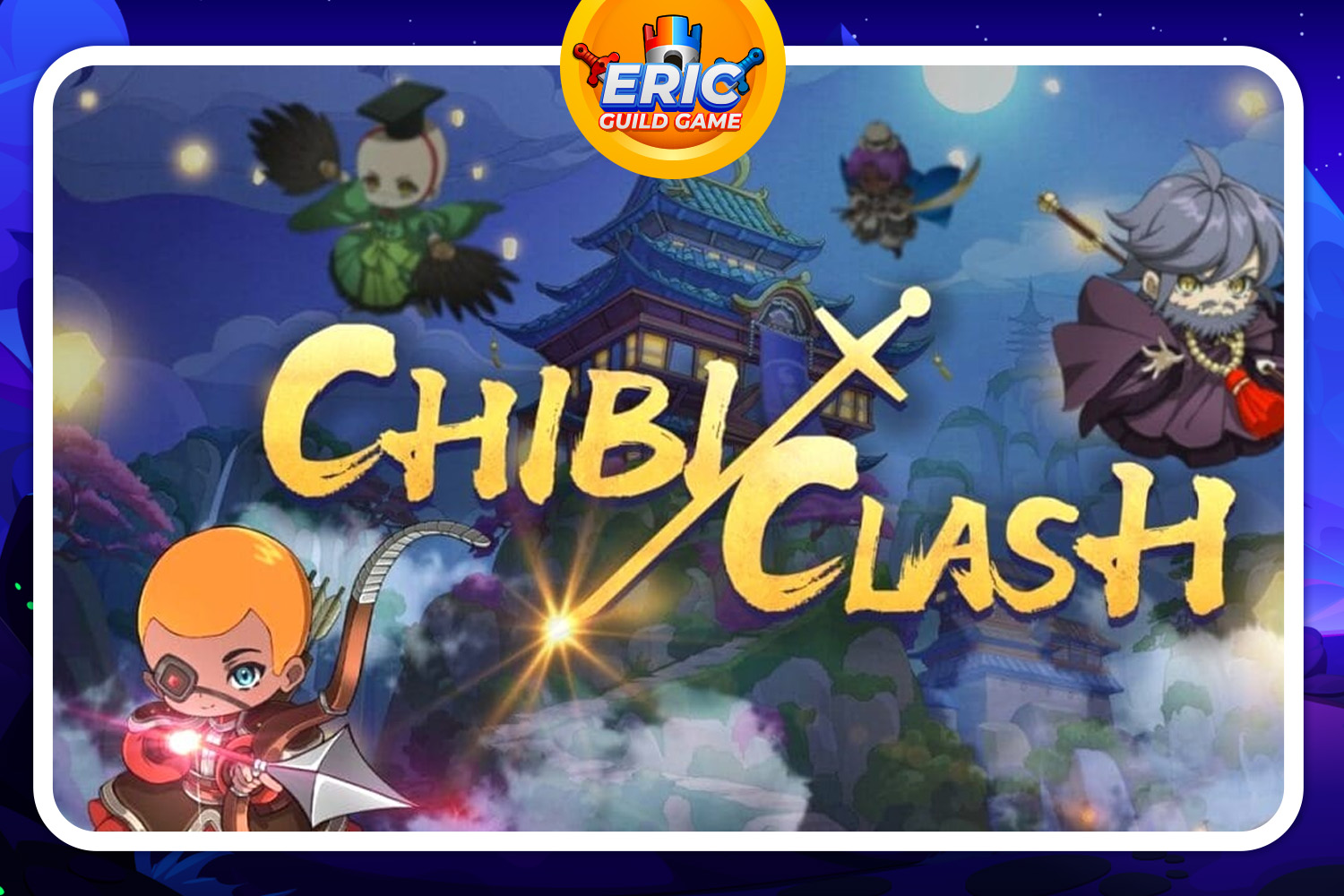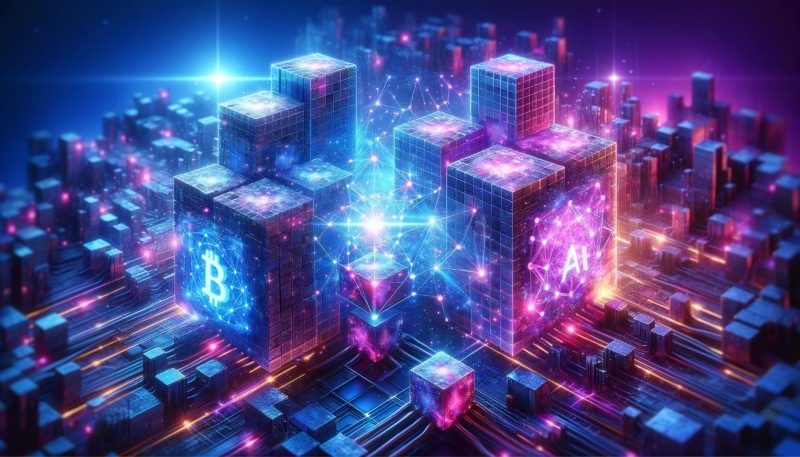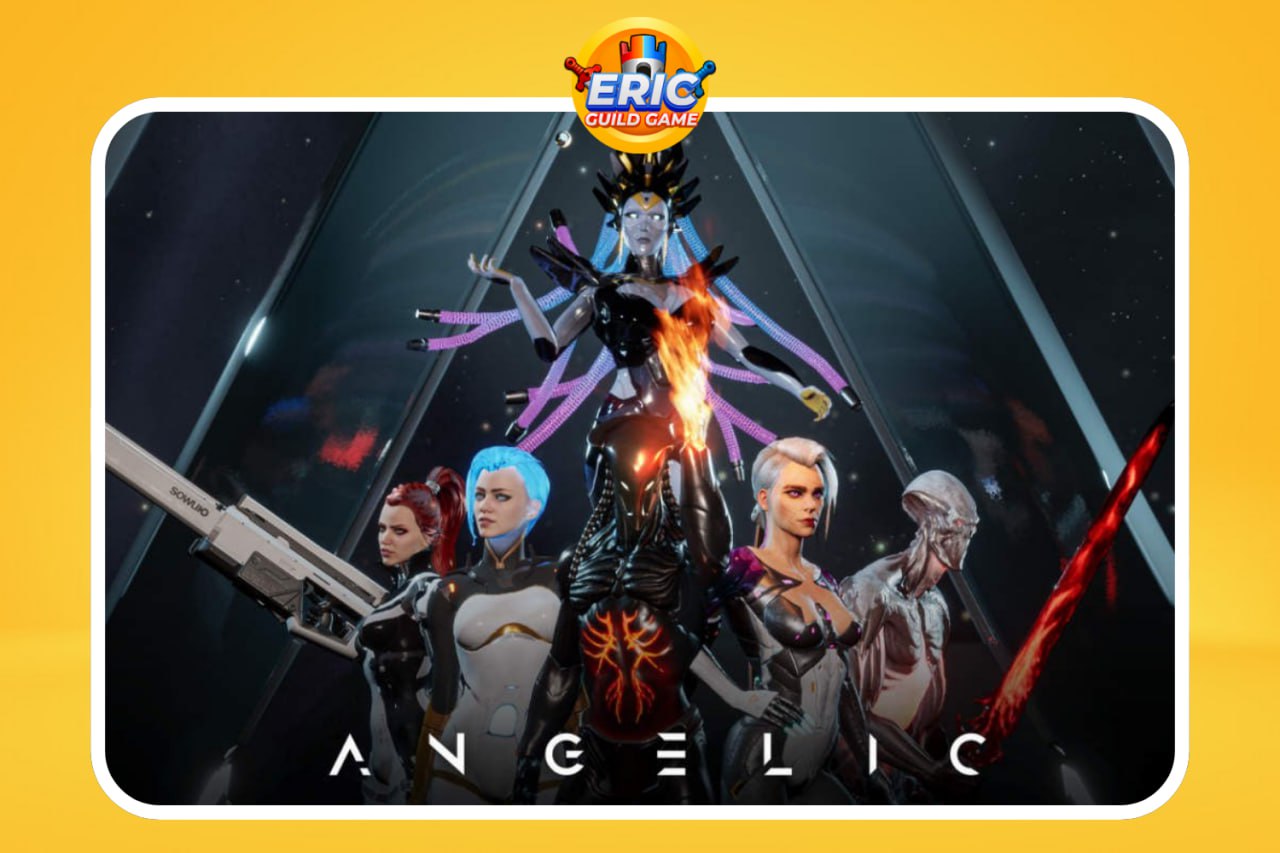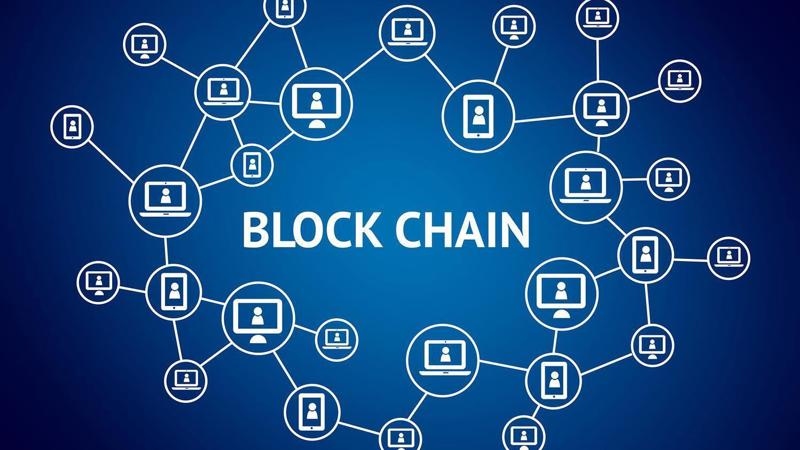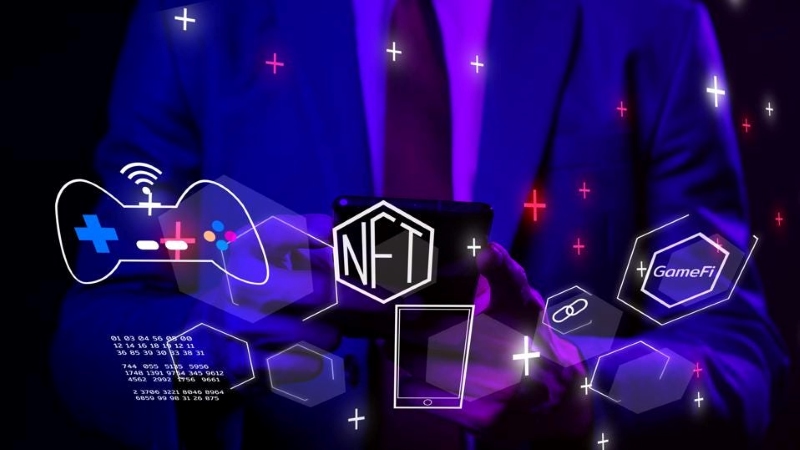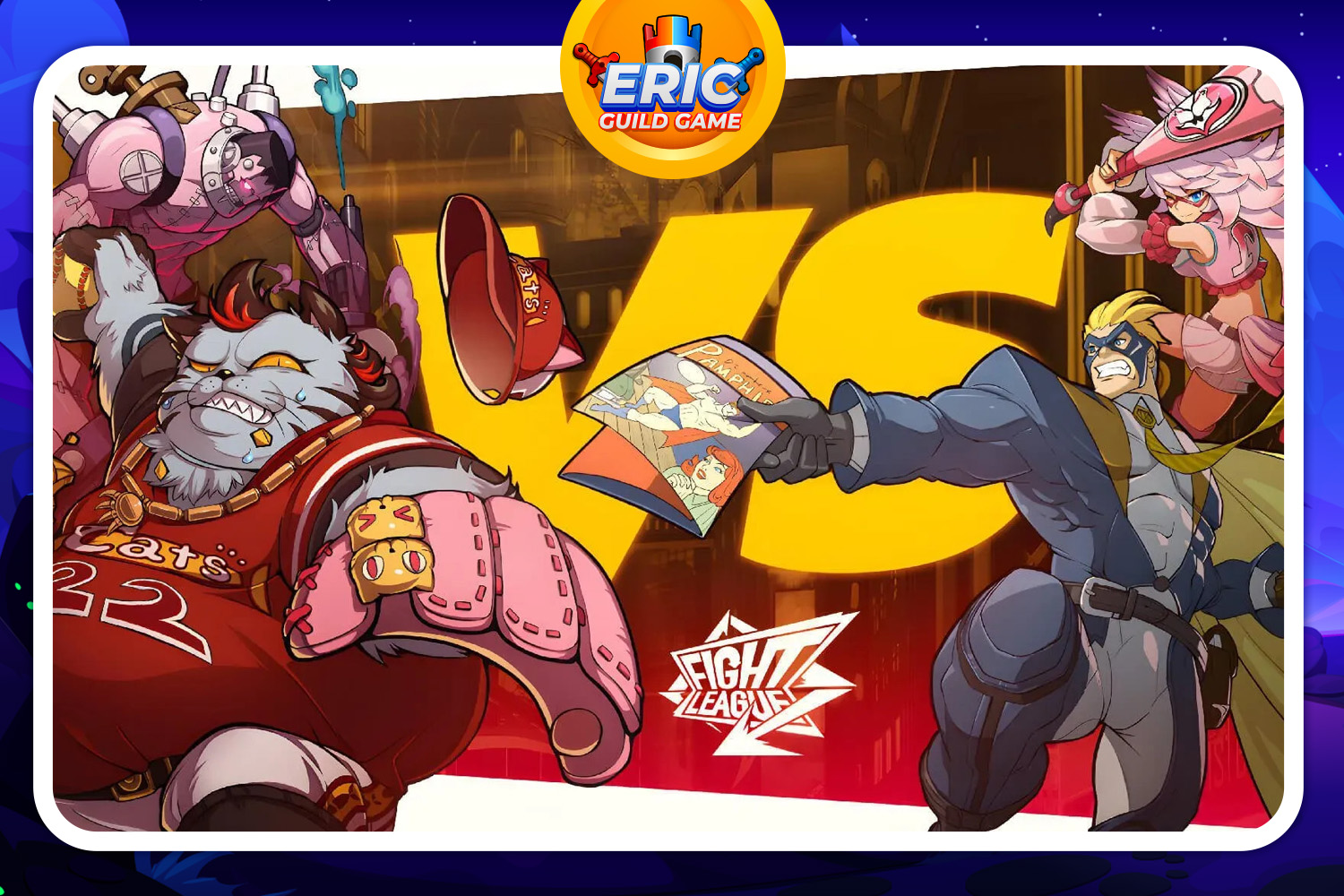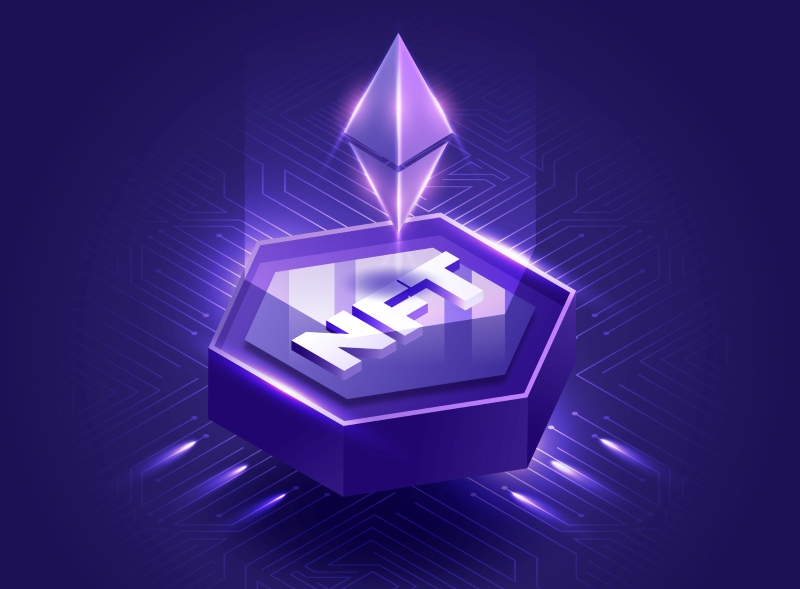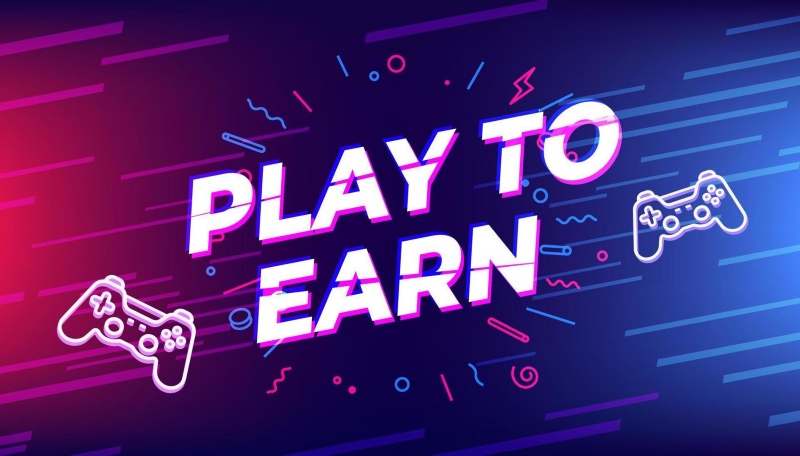Which blockchain is the best? Discover the top blockchain platforms, their strengths, and which is best for NFTs, developers, and future innovations.
Introduction
Blockchain technology is transforming industries by providing decentralization, security, and transparency. However, with multiple blockchain networks available, determining which blockchain is the best requires an analysis of factors such as security, scalability, decentralization, and real-world adoption. In this guide, we dive deep into the top blockchain networks, their strengths and weaknesses, and how they shape the future of decentralized applications, finance, and NFTs.
What is Blockchain?
Blockchain is a decentralized digital ledger technology that records transactions across multiple computers in a way that ensures security, transparency, and immutability. Unlike traditional databases, blockchain operates on a distributed network, reducing the risk of fraud and unauthorized data alterations.
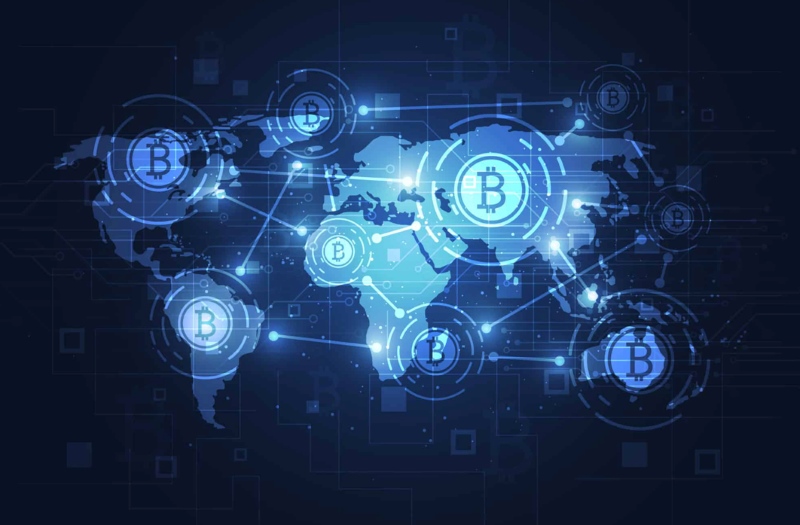
Key Features of Blockchain:
- Decentralization: No single entity has control; transactions are validated through a distributed consensus mechanism.
- Transparency: Transactions recorded on the blockchain are publicly verifiable.
- Security: Data is encrypted and immutable, meaning once a transaction is recorded, it cannot be altered.
- Smart Contracts: Self-executing contracts that automate processes without intermediaries.
- Tokenization: Ability to create and manage digital assets, including cryptocurrencies and NFTs.
Blockchain technology powers a variety of use cases beyond cryptocurrencies, such as supply chain management, healthcare, voting systems, and decentralized finance (DeFi). Different blockchains offer unique advantages, making it crucial to analyze their strengths and weaknesses when determining the best option for a given application.
What Defines the Best Blockchain?
Which blockchain is the best? Determining the best blockchain depends on various criteria that align with specific needs and industry requirements. Here’s a deep dive into the fundamental factors that define the best blockchain:
Scalability – How Fast and Efficient Is the Blockchain?
Scalability is a crucial aspect of any blockchain network. It refers to how well the blockchain can handle a growing number of transactions. Networks with high scalability can process more transactions per second (TPS) while maintaining low fees and efficiency.
Security – How Safe is the Network?
Security is non-negotiable when selecting the best blockchain. A blockchain must be resistant to hacks and exploits to ensure the safety of assets and data.
Decentralization – Who Controls the Network?
Decentralization is a fundamental principle of blockchain, ensuring that no single entity has control over the network.
Smart Contract Functionality – Can It Support dApps?
Smart contract in blockchain allow developers to create decentralized applications (dApps) and automate transactions without intermediaries.
Adoption & Developer Community – How Active Is the Ecosystem?
A thriving developer community indicates a blockchain’s long-term viability. Networks with active development attract new projects and ensure continued innovation.
NFT & Token Support – How Well Does It Handle Digital Assets?
Blockchain technology has revolutionized the NFT space, enabling digital ownership and authentication.
What are the top blockchains?
What is the best blockchain platform? Blockchain networks vary in their design, purpose, and efficiency. Here’s a detailed look at some of the most significant players in the blockchain space.
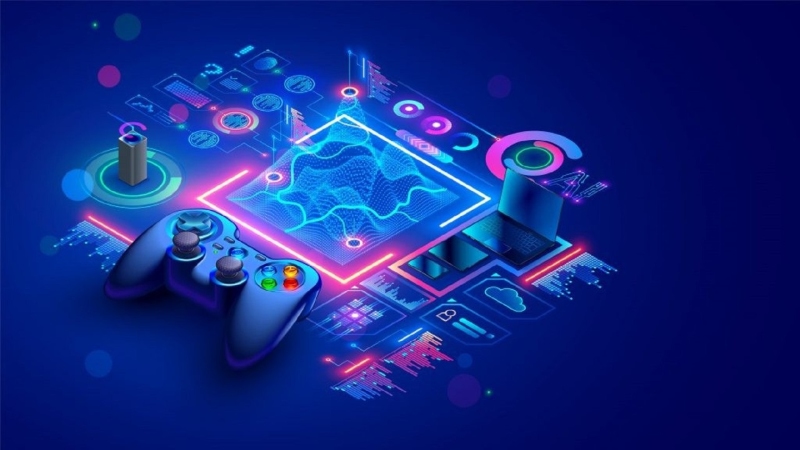
Bitcoin (BTC)
Bitcoin is the first and most well-known blockchain, designed primarily as a decentralized digital currency. It operates on a proof-of-work (PoW) consensus mechanism, making it highly secure but also relatively slow and energy-intensive. Bitcoin is often referred to as “digital gold” due to its store-of-value properties, limited supply of 21 million coins, and widespread adoption.
However, Bitcoin lacks smart contract functionality, making it less versatile compared to newer blockchain networks. Despite these limitations, it remains the most decentralized and secure blockchain, which is critical for financial applications.
Ethereum (ETH)
Ethereum introduced the world to smart contracts, enabling the development of decentralized applications (dApps), decentralized finance (DeFi) protocols, and non-fungible tokens (NFTs). With a large developer community and a robust ecosystem, Ethereum dominates the blockchain space in terms of innovation.
However, Ethereum has faced scalability issues, high gas fees, and network congestion. The transition to Ethereum 2.0 aims to address these problems by shifting from proof-of-work (PoW) to proof-of-stake (PoS), improving scalability and reducing energy consumption.
Binance Smart Chain (BSC)
BSC was developed by Binance to provide an efficient, low-cost alternative to Ethereum while maintaining compatibility with Ethereum Virtual Machine (EVM). This has allowed developers to easily migrate dApps from Ethereum to BSC, fueling the rapid growth of DeFi and NFT ecosystems on this blockchain.
However, BSC is often criticized for centralization, as Binance controls much of its validator network. Security concerns have also been raised, given the multiple hacks that have occurred on projects built on BSC.
Solana (SOL)
Solana is known for its high-speed transactions, capable of processing 65,000 transactions per second (TPS) due to its unique Proof of History (PoH) + PoS hybrid consensus mechanism. Its low fees and high throughput make it ideal for gaming, DeFi, and NFTs.
Solana has experienced network outages, leading to concerns about reliability. While its developer ecosystem is growing, it remains smaller than Ethereum’s. Despite its challenges, Solana is an attractive option for those looking for high-performance blockchain applications.
Cardano (ADA)
Cardano is a research-driven blockchain, developed with a strong academic foundation. It uses a PoS consensus mechanism called Ouroboros, making it one of the most energy-efficient blockchains. Cardano’s development follows a peer-reviewed approach, which results in a slower innovation cycle compared to other blockchains.
While it has introduced smart contract capabilities, its ecosystem is still under development and lacks the extensive adoption seen on Ethereum and BSC. However, Cardano’s long-term vision includes sustainability, scalability, and interoperability, making it a promising network.
Polkadot (DOT)
Polkadot focuses on interoperability, allowing multiple blockchains (parachains) to connect and communicate. This solves a major issue in the blockchain space—fragmentation—by enabling different networks to work together efficiently.
Polkadot’s shared security model makes it more scalable than many traditional blockchains. However, it is still in the early stages of adoption, and its ecosystem is not as mature as Ethereum’s. With its strong governance model and scalable architecture, Polkadot could play a major role in the evolution of Web3.
Avalanche (AVAX)
Avalanche is a highly scalable blockchain that achieves near-instant finality, making it a strong contender for DeFi and enterprise applications. With its three-chain architecture, Avalanche offers a balance between security, decentralization, and efficiency.
It is fully compatible with Ethereum, allowing for easy dApp migration. Despite its rapid growth, it still lags behind Ethereum and Solana in developer activity. However, its speed and low fees make it a strong choice for high-performance applications.
Which Blockchain Has the Most Developers?
The number of active developers is a key indicator of a blockchain’s health and future innovation potential. Ethereum leads the industry with over 4,000 active monthly developers, thanks to its rich ecosystem, established tools, and large community support.
Bitcoin follows closely, but due to its primary function as a store of value, it has fewer developers working on dApps compared to Ethereum. Polkadot, Solana, and Cardano have been growing steadily, but they are still behind Ethereum in terms of developer engagement. Blockchains with strong developer communities tend to have more innovation, better security, and sustained long-term growth.
What is the best blockchain technology?
Determining what is the best blockchain technology depends on the use case:
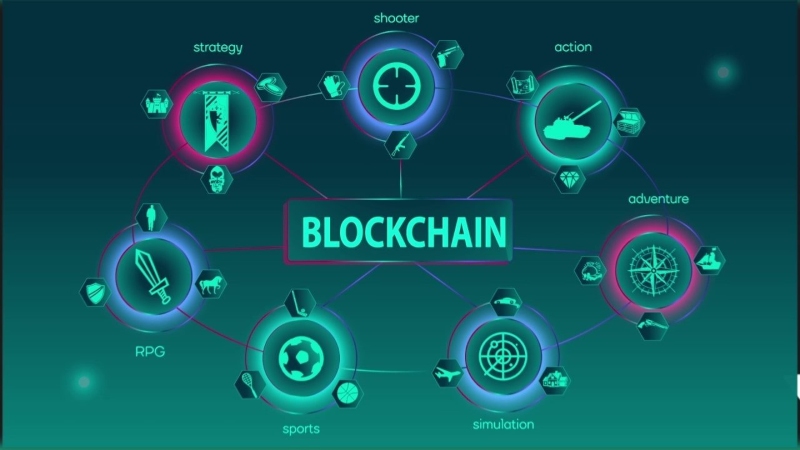
- For Security & Decentralization: Bitcoin remains the most secure blockchain due to its PoW consensus and network resilience.
- For Smart Contracts & dApps: Ethereum dominates due to its robust infrastructure and strong developer community.
- For High-Speed Transactions: Solana’s unique consensus mechanism enables ultra-fast transactions.
- For Scalability & Low Fees: Avalanche’s three-chain structure provides an optimal balance of efficiency and scalability.
- For Cross-Chain Interoperability: Polkadot’s parachain model makes it the most effective for blockchain interconnectivity.
- For NFTs: Ethereum and Solana remain the leaders due to their widespread adoption and marketplace dominance.
Blockchain technology is constantly evolving, with improvements such as Ethereum 2.0, Layer 2 scaling solutions, and next-generation consensus mechanisms enhancing performance.
Which Blockchain Is Best for NFTs?
NFT adoption has exploded, and different blockchains cater to this sector:
- Ethereum: The dominant NFT blockchain, home to OpenSea and major collections like Bored Ape Yacht Club.
- Solana: Fast and cost-effective, making it an attractive choice for NFT creators and collectors.
- Flow: A blockchain built specifically for NFTs, used by projects like NBA Top Shot.
- Polygon: A Layer 2 solution for Ethereum that lowers gas fees, making NFT minting more accessible.
Key Considerations for NFT Blockchains:
- Transaction Speed: Solana outperforms Ethereum in terms of transaction throughput.
- Security & Adoption: Ethereum remains the most secure and widely used NFT blockchain.
- Scalability: Flow and Polygon offer unique solutions for handling high NFT transaction volumes.
Will Blockchain Be the Future?
Blockchain is revolutionizing multiple industries and is likely to be a key technology of the future. Here’s why:
Finance & Banking (DeFi)
Decentralized finance (DeFi) platforms are transforming traditional banking by enabling peer-to-peer lending, decentralized exchanges, and automated financial services. DeFi reduces reliance on intermediaries, making financial services more accessible and transparent.
Supply Chain & Logistics
Blockchain enhances supply chain transparency, reducing fraud and improving efficiency. Companies like IBM and Walmart are leveraging blockchain to track products in real-time.
Gaming & Virtual Worlds
Blockchain-based games and play-to-earn models are growing rapidly, allowing players to own digital assets and earn cryptocurrency through gaming. Popular examples include Axie Infinity and Decentraland.
Remaining informed about the latest advancements in the NFT gaming sector is vital. To gain valuable insights into emerging projects, market dynamics, and technological innovations, it is advisable to follow reputable blockchain gaming news sources.
Governance & Identity Management
Blockchain-based voting systems could eliminate election fraud, while self-sovereign identities offer users greater control over their digital identities.
Regulatory Challenges & Adoption
Governments are introducing regulatory frameworks for blockchain technology. Regulation will shape the adoption of blockchain across industries and influence how decentralized applications evolve.
Conclusion
While there is no single best blockchain, each serves distinct purposes based on specific needs. The best blockchain depends on the use case—whether it’s DeFi, NFTs, enterprise applications, or interoperability. Understanding these factors will help users and businesses select the most suitable blockchain platform for their needs.
Stay updated on blockchain trends! Follow our the gaming guild for expert insights.
Frequently Asked Questions (FAQ)
1. Which blockchain is the best for beginners?
Ethereum and Binance Smart Chain are great starting points due to their large ecosystems and extensive documentation.
2. What is the most environmentally friendly blockchain?
Cardano and Algorand are designed with energy efficiency in mind.
3. Which blockchain has the lowest fees?
Solana and Binance Smart Chain offer significantly lower fees compared to Ethereum.
4. What is the most decentralized blockchain?
Bitcoin remains the most decentralized blockchain, followed by Ethereum.
5. Which blockchain is best for business applications?
Ethereum and Polkadot are widely used for enterprise and business solutions.
